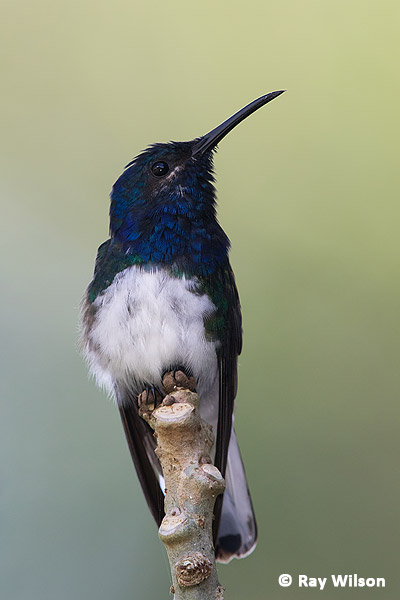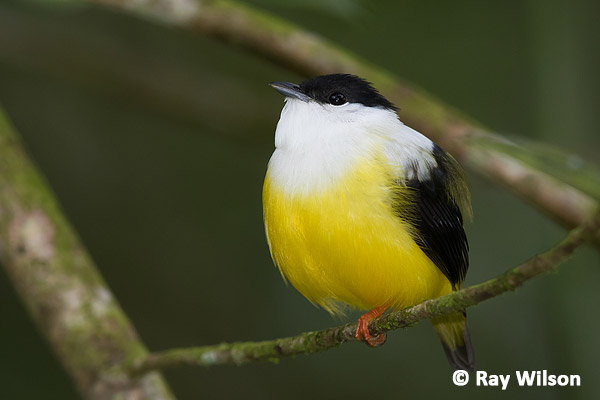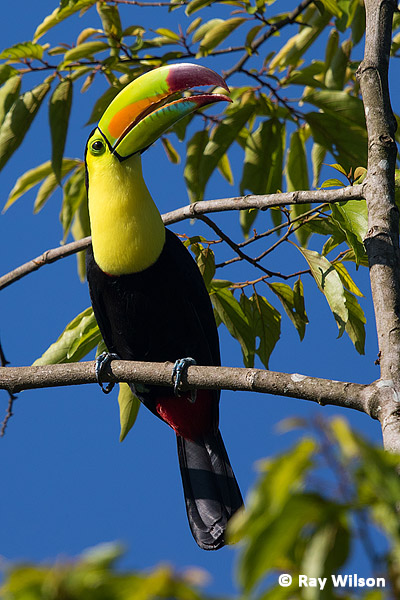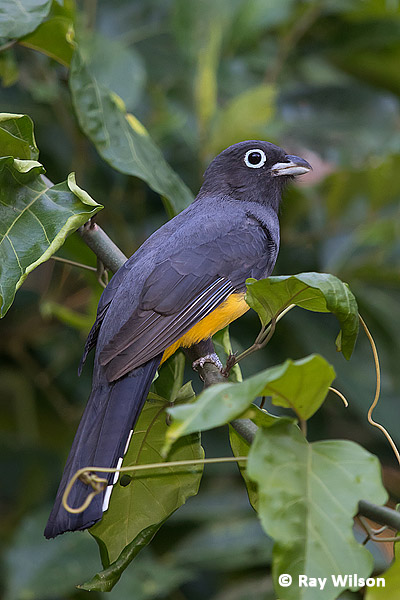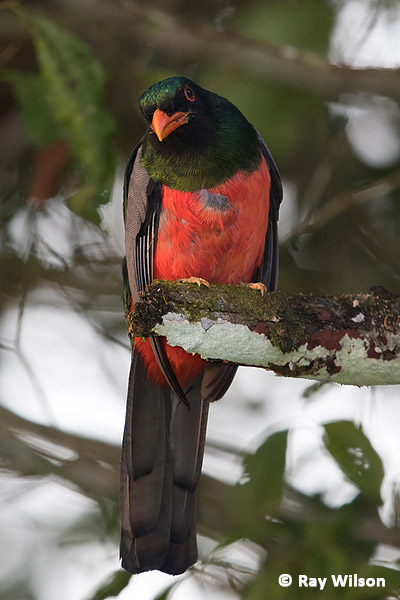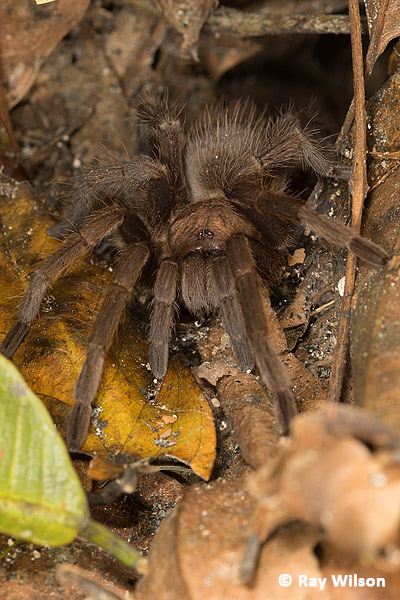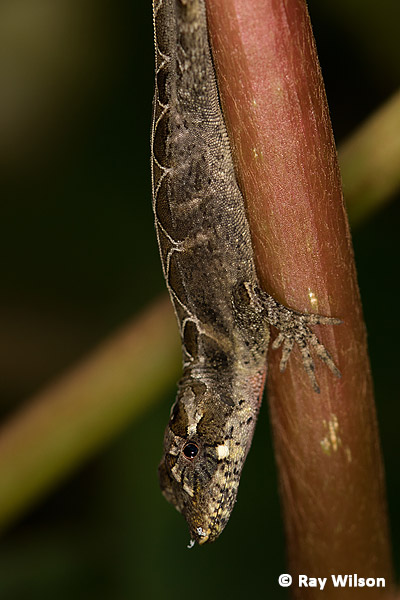
- Home
- Photography Tours
- Diary / Blog
- Galleries
- Foreign Trips
- Tasmania 2016
- NE Queensland 2016
- Western Alps 2016
- NE Spain 2016
- Australia's Wet Tropics 2015
- Australia's Top End 2015
- SW Australia 2015
- Switzerland 2015
- Andalucia 2015
- Belize 2015
- Australia 2014
- Switzerland 2014
- Belize 2014
- Bahama Islands 2014
- Switzerland 2013
- Ecuador 2012-2013
- Florida 2011-2012
- Vancouver Island 2011
- Australia 2010
- Peru 2008
- Bulgaria 2007
- Lesvos 2006
- California 2006
- New Zealand 2005
- Extremadura 2005
- Goa, India 2004
- The Gambia 2003
- About
February 2015
Pook's Hill Lodge, Belize
23rd - 26th February 2015
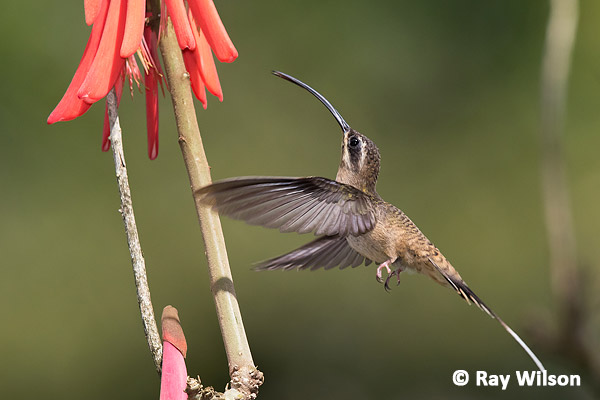
Long-billed Hermit (Phaethornis longirostris)
Just west of Belmopan, nestled in the middle of a forest, Pook's Hill Lodge is the best place I've found in Belize for viewing hummingbirds with at least 7 species being present during my 3 day stay, and there were usually several individuals fighting over control of the feeders and the nearby flowering trees throughout the day.
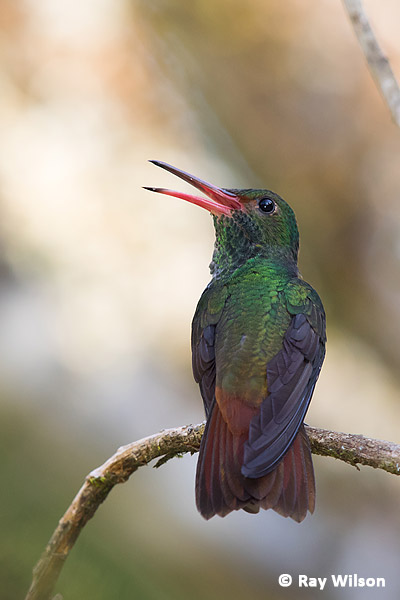
Rufous-tailed Hummingbird (Amazilia tzacatl) |
After sunset, the resident Long-tongued Bats took over, and their constant feeding activity during the night completely drained all the feeders long before sunrise.
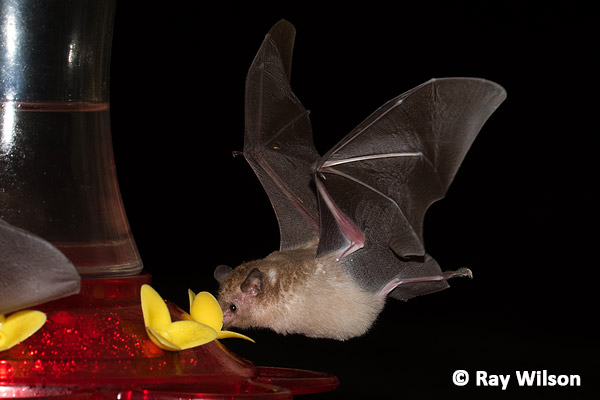
Long-tongued Bat sp. (Glossophaginae)
There are 4 species of Long-tongued Bats known to occur in Belize and to my non-expert eyes, it appears that there were probably at least 2 species visiting the feeders.
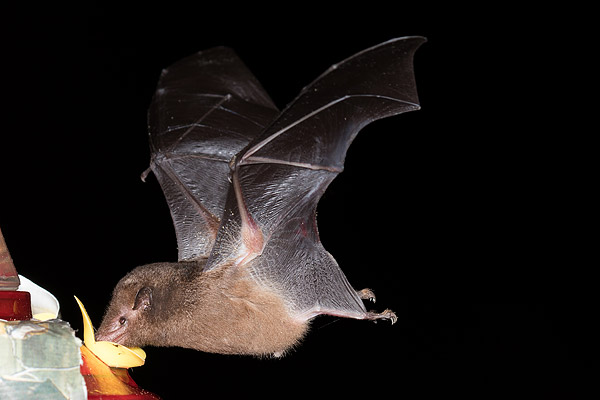
Long-tongued Bat sp. (Glossophaginae)
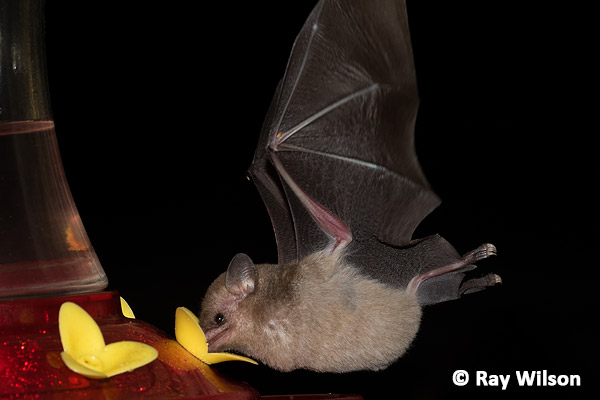
Long-tongued Bat sp. (Glossophaginae)
The wing-snapping display of White-collared Manakins could be frequently heard around the lodge buildings, and with a bit of luck and patience one of the gorgeous males would occasionally perch on an open perch.
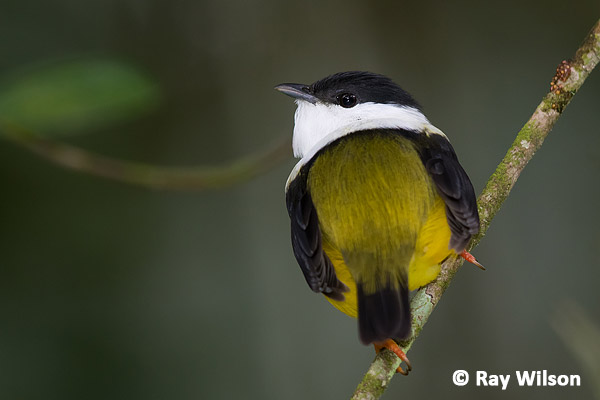
White-collared Manakin (Manacus candei)
White-collared Manakin (Manacus candei)
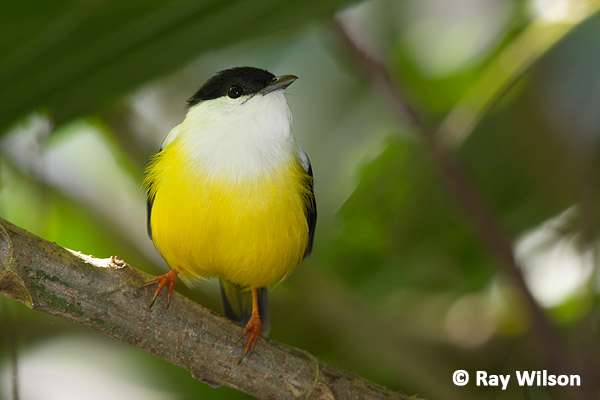
White-collared Manakin (Manacus candei)
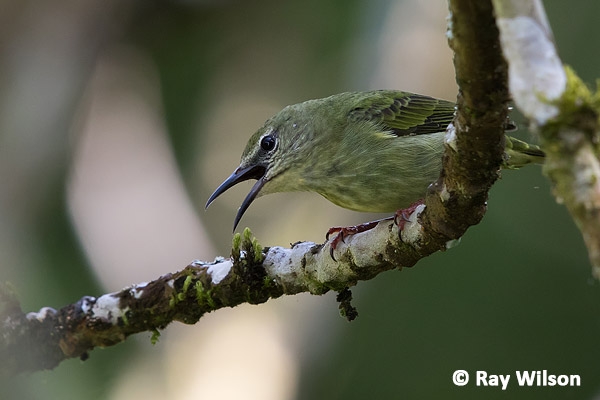
female Red-legged Honeycreeper (Cyanerpes cyaneus)
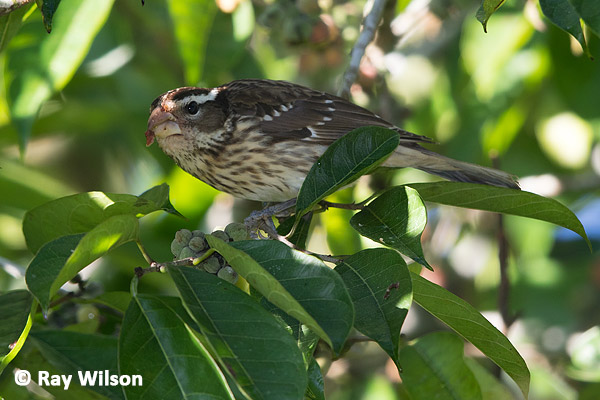
female Rose-breasted Grosbeak (Pheucticus ludovicianus)
Pook's Hill is also an excellent spot for watching toucans, with at least 4 Keel-billed Toucans knocking about in the treetops, along with numerous Collared Aracaris.
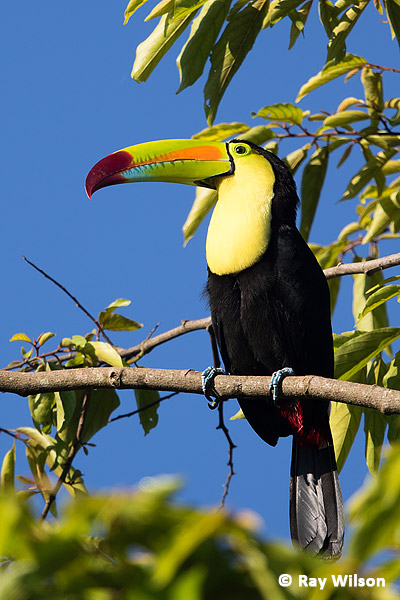
|
Keel-billed Toucan (Ramphastos sulfuratus)
Trogons were much in evidence too, with all 3 of the common Belizean trogons present.
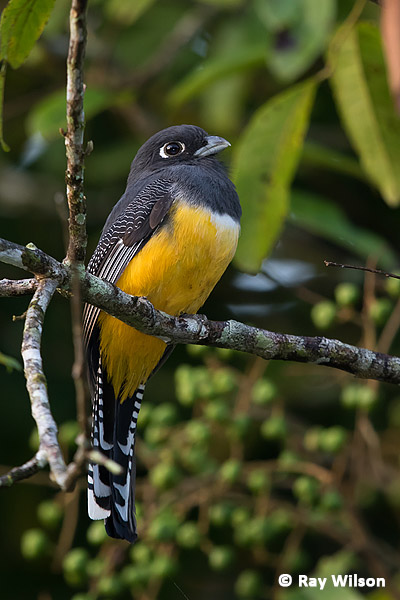
female Violaceous Trogon (Trogon violaceus) |
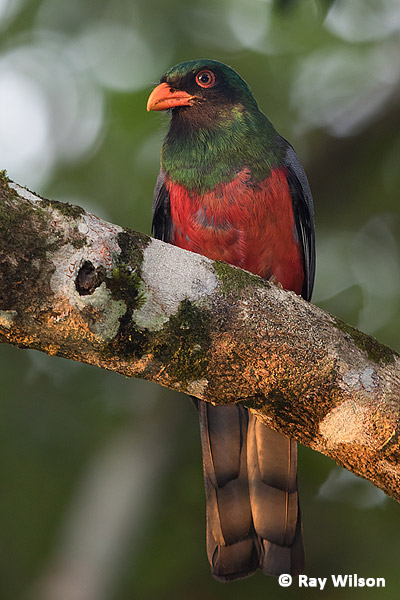
|
Slaty-tailed Trogon (Trogon massena)
As the temperatures started to rise, raptors occasionally soared over the treetops and were best viewed from the clearing of "the meadows". These were mostly vultures (Black, Turkey and the occasional King), but one morning a pair of Double-toothed Kites gave an excellent display as they spent about 10 minutes quartering slowly over the area just above treetop level.
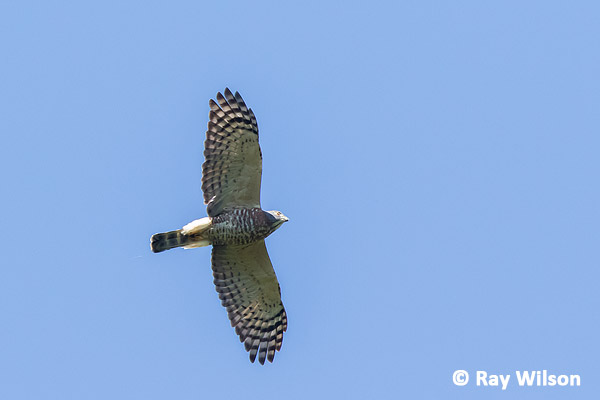
Double-toothed Kite (Harpagus bidentatus)
Invertebrate life along the trails is every bit as diverse as you would expect from a tropical rainforest, with the clearings containing numerous butterflies.
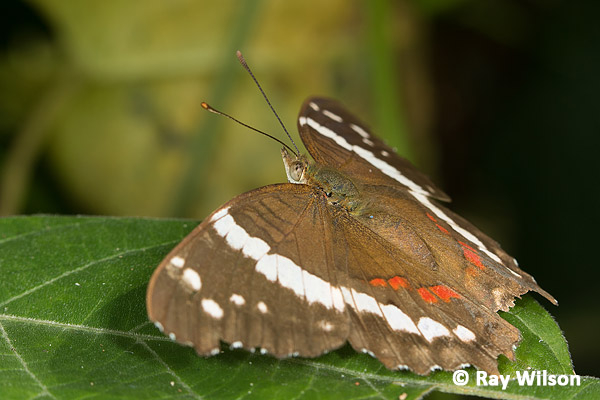
Banded Peacock (Anartia fatima)
Closely searching the leaf-litter can be rewarding, with numerous beautifully-coloured, little jumping spiders present on the property.
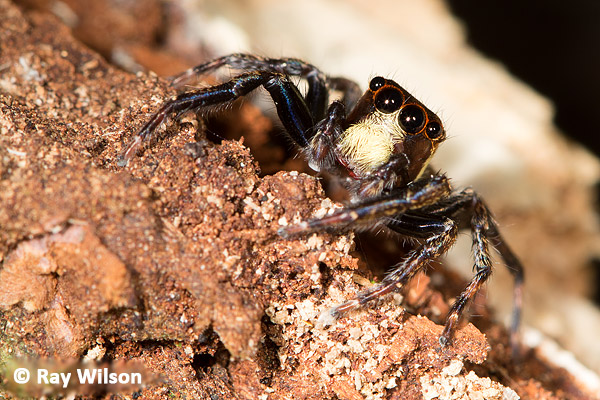
Jumping Spider (Salticidae)
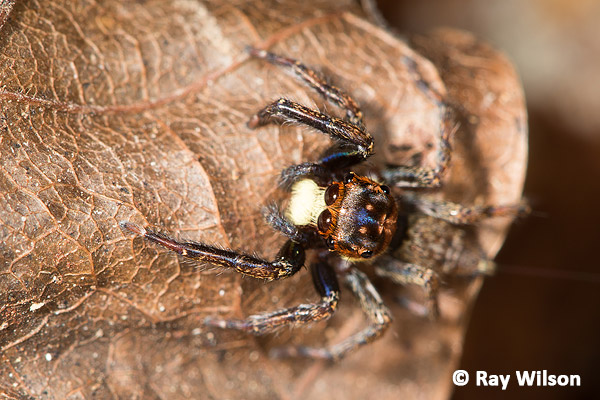
Jumping Spider (Salticidae)
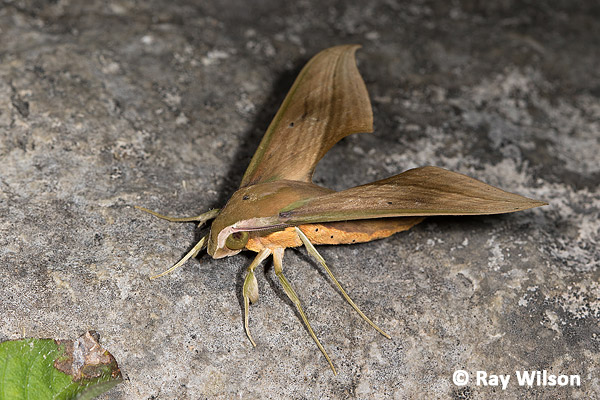
Hawkmoth sp. (Sphingidae)
A new species of Citharacanthus tarantula, C. meermani, was described at a nearby spot in the foothills of the Maya Mountains as recently as 2000. It is very similar to C. livingstoni, which also occurs in the area, with the only differences being in the length, density and structure of the setae on the underside of the trochanter and femur on the front two pairs of legs. Citharacanthus tarantulas are at first glance superficially similar to the common Red-rump Tarantula that occurs throughout Belize but are considerably smaller and lack the red abdominal hairs of the Red-rump. Like the Red-rump, they are terrestrial tarantulas and spend the day hiding in burrows among the leaf litter, coming out only at night to hunt.
Ray Wilson owns the copyright of all images on this site.
They may not be used or copied in any form without prior written permission.
raywilsonphotography@googlemail.com
